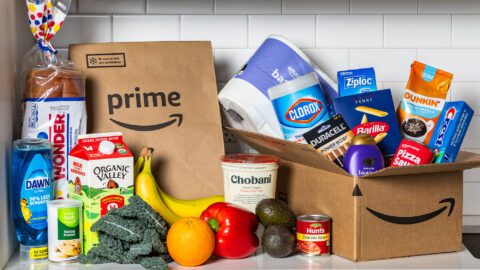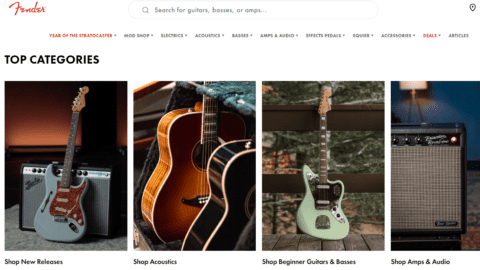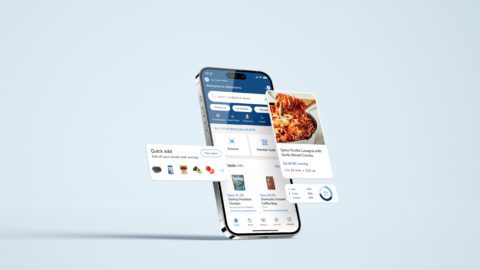Subscriptions are a rapidly expanding segment of retail: nearly 33% of subscription providers expect their businesses to double in 2018, according to the 2018 Snapfulfil and Subscription Trade Association (SUBTA) State of Subscription Commerce survey. The industry is also young: 47% of respondents first launched in the 12 months ending in April 2018, and 66% of providers have 1,000 or fewer monthly customers.
This relatively immature market is an attractive one for retailers, both as a source of additional revenue and valuable shopper data. Major retailers already have entered the space, including Amazon with its Subscribe & Save service and Target Subscriptions, and others may soon follow. However, developing a subscription service isn’t a simple task, so retailers should pay attention to these four best practices before taking their business in a new direction:
- Pick the right model. Subscriptions can take multiple forms, from curated boxes to regular deliveries of consumer goods. Retailers should consider their expertise and pick a model that fits their product assortment.
- Engage with shoppers. Many retailers end the conversation when the shopper signs up for the service, but when communication is a two-way street, it can keep shoppers engaged and give the retailer valuable data.
- Don’t forget the human touch. While algorithms make personalization possible, actual humans make a service stand out. Adding a name, a face and a short note to every delivery can delight and surprise shoppers.
- Expect both benefits and pitfalls. Established retailers have a big advantage over subscription startups: an existing supply chain. However, while this gives them a leg up, it can still be costly for an established retailer to succeed in a new segment.
Despite the challenges, the payoff of a successful subscription program can include highly loyal customers: Snapfulfil and SUBTA found that 30% of subscription offerings experienced 10% or less monthly member churn, while just 12% saw more than 25% churn.
Specialize In Expertise Or Convenience
Before launching a subscription service, retailers need to decide what model they will offer. Snapfulfil and SUBTA identified the two most common types of subscription services: Curation, which accounts for 65% of services, provides items based on the member’s taste and preferences. Continuity, which represents 14% of subscription services, sends customers needed items on a defined schedule.
Subscription boxes such as Birchbox combine curation and personalization to offer customers a curated selection of goods. The keys here are creativity and comfort. Shoppers like this kind of service because they get the reassurance of expert advice while receiving a product they might not otherwise look for, according to Jill Standish, Senior Managing Director for Accenture‘s Global Retail Consulting Practice.
A well-curated subscription box is like “Christmas a few times a year,” according to Georg Richter, CEO and Founder of OceanX, a subscription commerce platform. The deliveries make shoppers feel like they have received assistance in picking out a meal or outfit, which generates loyalty.
In comparison, continuity models like Chewy stress convenience, reliability and price. These services offer customers goods they would be purchasing anyway, eliminating the need to check when they run low or make a trip to the store every week.
While these replenishment models may not seem as interesting as curation-based boxes, retailers shouldn’t discount the benefits of saving shoppers time and money. By trading excitement for reliability and convenience, these models can provide a steady, recurring source of revenue.
“Consumers have less time in their days, which means less time to get out and go shopping,” said Paul Chambers, Co-Founder of SUBTA. “More and more companies are really opening up to the subscription model because they see consumers craving that convenience and that discovery.”
Stay Engaged, And Always Retain The Human Touch
Regardless of the model used, it’s not enough for retailers to just send shoppers their goods. Customers who lack regular interactions with a retailer are more likely to let their subscription lapse, or even opt out before renewal time.
“Unfortunately, the next time many companies hear from the customer is when they cancel,” said Alon Waks, VP of Marketing at Kustomer. “Their continued engagement with the subscription provider is important. You must be engaged with the customer.”
Retailers should use different channels, including push notifications and emails, to keep in touch with subscribers. Additionally, the communications should reflect how that customer is interacting with the service: for example, ask if they would prefer fruit instead of salad in a meal kit, or if their beauty box would be improved with products designed for oily skin.
“That two-way dialogue is really important,” said Standish. “Not only does it help the algorithm get smarter, it also helps tailor the box and helps the person feel they’re communicating with someone, rather than just getting a surprise.”
Adding an actual human to the process can further improve the connection between retailers and their customers. A signed handwritten note can make a customer feel appreciated even if the contents were chosen by an algorithm. This person also can field questions and comments to make the service feel even more personal.
“Engagement has to be around the customer, not around the channels,” said Waks. “The consultants and stylists or personal chefs, whatever the subscription model is, need to be able to answer people that are asking about content and consumption, or nervous about billing or return.”
Utilize Established Advantages, But Be Prepared To Learn
The biggest advantage existing retailers have when developing a subscription service is an existing supply chain, according to Richter. In addition to having relationships with suppliers, companies can leverage their physical stores or delivery networks to get a head start on reaching customers.
However, the challenges of developing a subscription service can be substantial. The single largest stumbling block existing retailers face is the cost of raising awareness. Cementing a presence in an entirely new segment requires experimentation and marketing, both of which take time and can require significant investment.
“You can’t just wait for people to become subscribers,” said Richter. “It takes some effort, which takes some money, and then people will try it.”
While the task can be difficult, the fruits of a successful subscription program can drive more than revenue. Retailers that invest in a subscription service can leverage the insights they glean in other areas of their business, from product selection and development to making marketing campaigns more effective.
When the benefits are taken together, subscription models become a powerful tool for retailers, provided they can handle the startup costs. A properly chosen model, combined with customer engagement and a layer of human interaction, can simultaneously generate loyalty, data and sales.













